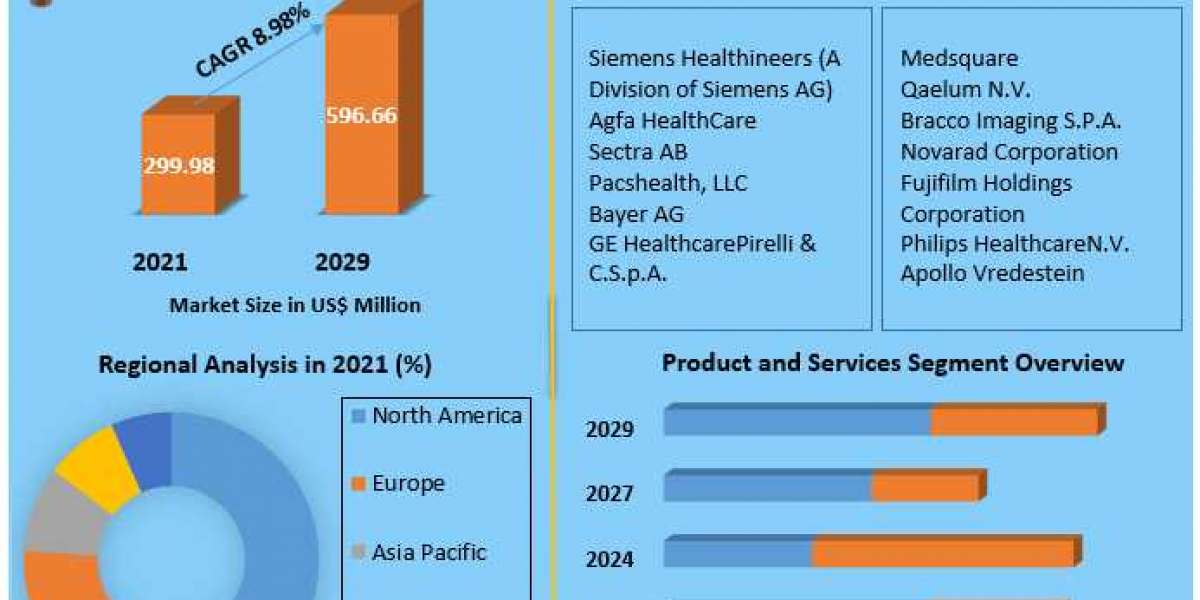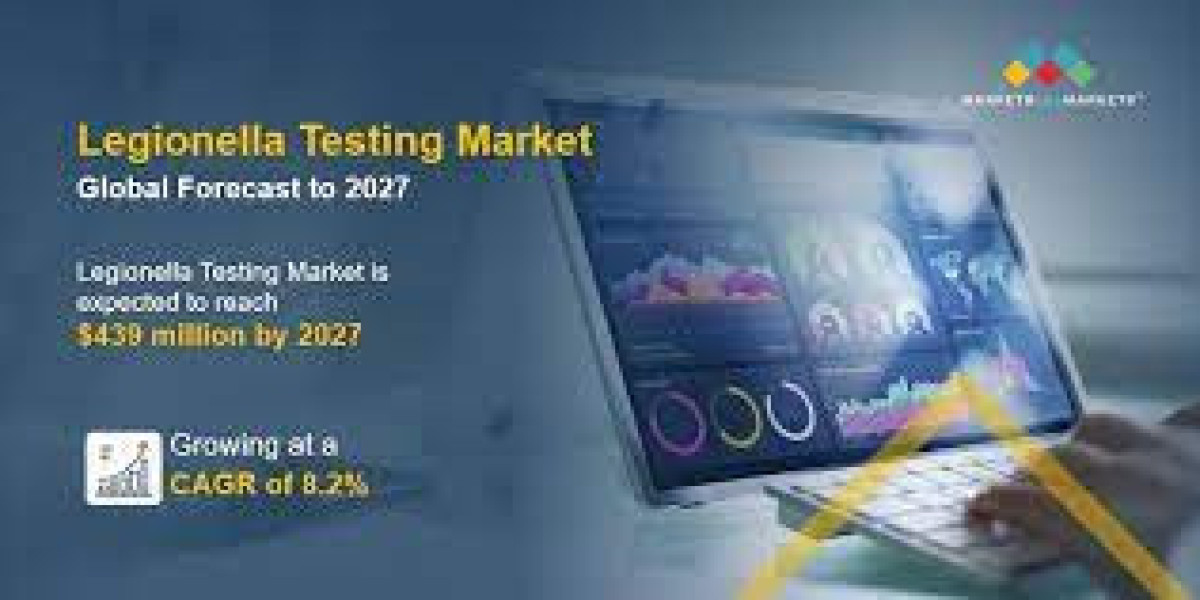Data blending in Tableau refers to the process of combining data from multiple sources into a single view or analysis within Tableau. It allows users to blend and analyze data from different data sources that may have varying structures, granularity, or levels of detail.
Tableau offers various methods for data blending, including joining tables, linking data through common fields, and creating relationships between data sources. These techniques enable users to bring together data from disparate sources such as databases, spreadsheets, cloud services, or web data into a unified visualization or analysis.
Data blending is particularly useful when working with data that resides in separate data sources but is related in some way. For example, you might have sales data stored in one database and customer information in another database. By blending these data sources, you can create visualizations that show sales trends based on customer demographics or analyze customer behaviour based on sales data.
When blending data in Tableau, you can define relationships between tables or data sources using key fields. Tableau will then automatically match and combine the data based on these relationships. Additionally, you can perform calculations, aggregations, and transformations on blended data to gain deeper insights or create new metrics.
Data blending in Tableau allows users to leverage the strengths of different data sources and integrate them seamlessly for analysis and visualization. It provides flexibility and efficiency by eliminating the need for complex data integration processes or consolidating data into a single source before analysis.
By obtaining Tableau Course, you can advance your career in Tableau. With this course, you can demonstrate your expertise in Tableau Prep Builder, Tableau Desktop, Charts, LOD expressions, and Tableau Online. Real-life industry use cases in Retail, Entertainment, Transportation, and Life Sciences provide practical experience to create meaningful data visualizations and many more key concepts among others.
It's important to note that data blending has some limitations. It may not be suitable for extremely large datasets or when real-time data synchronization is required. In such cases, alternative approaches like data consolidation or data preprocessing might be more appropriate.
Tableau provides a user-friendly interface and a variety of tools to assist users in blending data effectively. It offers intuitive drag-and-drop functionality, data connectors, and data preparation features to simplify the process of combining and analyzing data from multiple sources.
I hope this provides a clear explanation of data blending in Tableau. If you have any further questions, feel free to ask!



